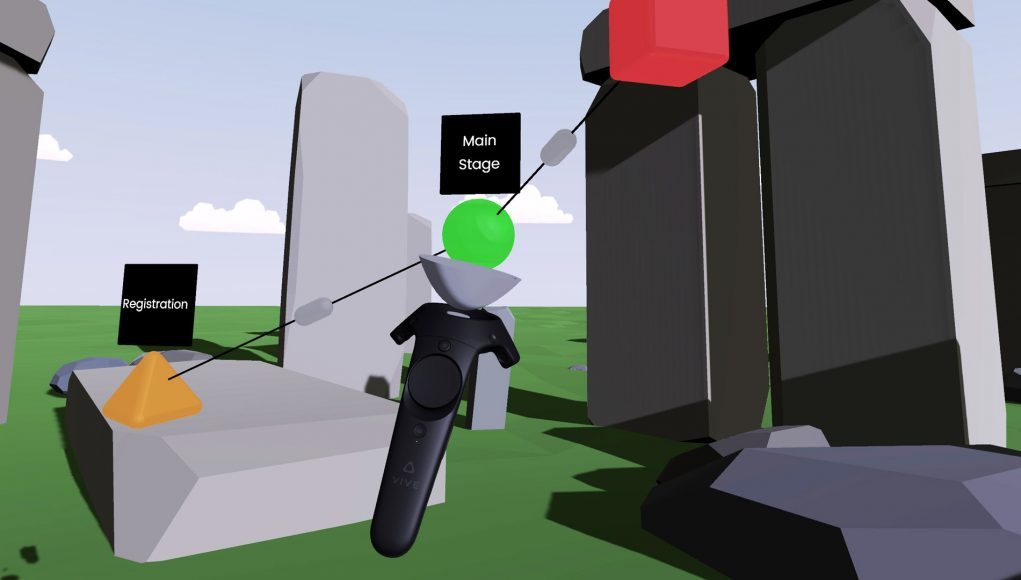Gaming in VR is great, but there’s huge potential for the tech to be used for productivity too. One early stab at that is Noda, a mind mapping tool for the Vive and Rift.
A mind map is a type of diagram which aims to show visual and spatial relationships between concepts. Mind maps can be useful as a form of note-taking, studying, project planning, brainstorming, and more. Traditional mind maps are two dimensional but Noda intuitively adds a third dimension thanks to the power of natural input via the Rift and Vive.
Priced at $10 for the Early Access version on SteamVR, Oculus Home, and Viveport, the program debuted early this year with a basic of features to start; a recent update brings a surprisingly mature take on data input with a “Floating Tablets” tooltip that uses a unique stylus-like pointer to make typing easy on the program’s virtual keyboard with VR motion controllers. The tablet also allows you to tag, color, and resize nodes and more.
Users can easily draw lines to connect nodes, import lists of names from TXT and CSV files, images as JPG, PNG, or BMP, and save and load their mind maps. Though there’s only a small number of reviews on Steam so far, all are positive, with one reviewer saying they used the tool to map out ideas for a Dungeons and Dragons campaign.
Noda appears to be truly in Early Access, and the developer doesn’t intend to claim the program launch-ready “until the experience is comprehensive to the point of being a stand-alone productive application, for whatever purpose that turns out to be.”







